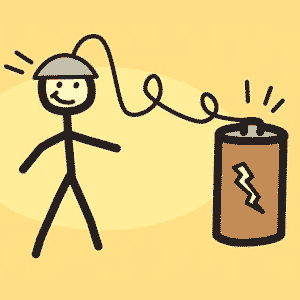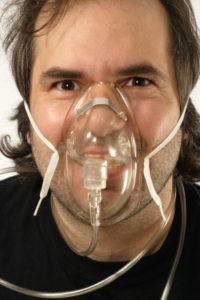Evaluation Your Angry Situation
You have now learned to gain anger awareness, stop your immediate response, and calm yourself down. If you have done these steps correctly, by this point you should be in a position where your head is calm and you are ready to think. Before you take action, it is important to think through your anger and evaluate your current situation. Once you are calm you need to ask the questions, “What is going on here? Why am I mad about this?”
The next step will help with this. The fourth step in the ASCEND method is: Evaluate your situation.
Anger awareness
Stop your immediate response
Calm yourself down
Evaluate your situation
N
D
This step is so important that we will take three lessons to learn it well.
That’s because the sad truth is that you can succeed at all of the earlier steps–acknowledging your anger, stopping your immediate response, and even calming yourself down–and still make your anger worse if you don’t understand how to evaluate your situation the right way.
Imagine you are in a heated argument with a friend. You are starting to get upset, but have learned the earlier steps, so before it gets too bad you acknowledge that your anger is building. You stop your immediate response and keep yourself from making your problem worse. You walk into another room and the use some tools to calm yourself down.
So far you have done everything right. But instead of calming down, you might actually get angrier. You start to runinate on what just happened. You stew. Inside, you start to boil over your situation. You think in your mind, “I can’t believe my friend just said that. He had no right to say that. Who does he think he is? I’m not going to take that from him.”
Now, even though you’ve done the first five steps correctly, because your thinking is out of whack you are actually getting angrier than you were a few minutes ago! Your angry thoughts have made your station worse.
Sound familiar? Have you ever done that? Have you found yourself stewing over a problem and made your anger worse? In my next post, I will review the question, “Why Am I Angry?”
Excerpt take from “Take Control of Your Anger: A Step-by-Step Guide to Anger Management by Michael Ballard, MA, NCC, LPC


 Positive Coping of Anger: Calm Self
Positive Coping of Anger: Calm Self Positive Ways To Cope: Exercise
Positive Ways To Cope: Exercise Positive Anger Management Coping: Distraction
Positive Anger Management Coping: Distraction At this point you should have taken space and given yourself some time. So you have a quiet place to yourself. The next step is to practice deep, controlled breathing.
At this point you should have taken space and given yourself some time. So you have a quiet place to yourself. The next step is to practice deep, controlled breathing. Time helps you cool down and think more clearly. When used well, time helps us raise our IQ back to normal.
Time helps you cool down and think more clearly. When used well, time helps us raise our IQ back to normal. To calm yourself down, you will need to learn some positive ways to teach your body to calm down when you are upset. The first rule of positive coping is: don’t hold it in. Avoidance is a negative coping strategy, and so dealing with your anger is important. it’s normal to fee sadness, anxiety, anger or a mix of emotions when you are upset. It’s important not to hold it in. Deal with it.
To calm yourself down, you will need to learn some positive ways to teach your body to calm down when you are upset. The first rule of positive coping is: don’t hold it in. Avoidance is a negative coping strategy, and so dealing with your anger is important. it’s normal to fee sadness, anxiety, anger or a mix of emotions when you are upset. It’s important not to hold it in. Deal with it. Avoidance is another very popular negative coping strategy. The basic idea is that when a problem happens you pretend like it didn’t. You move on. You sweep it under the rug. You ignore it.
Avoidance is another very popular negative coping strategy. The basic idea is that when a problem happens you pretend like it didn’t. You move on. You sweep it under the rug. You ignore it.